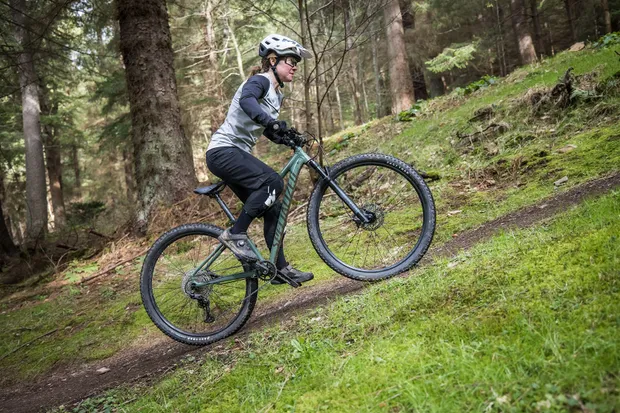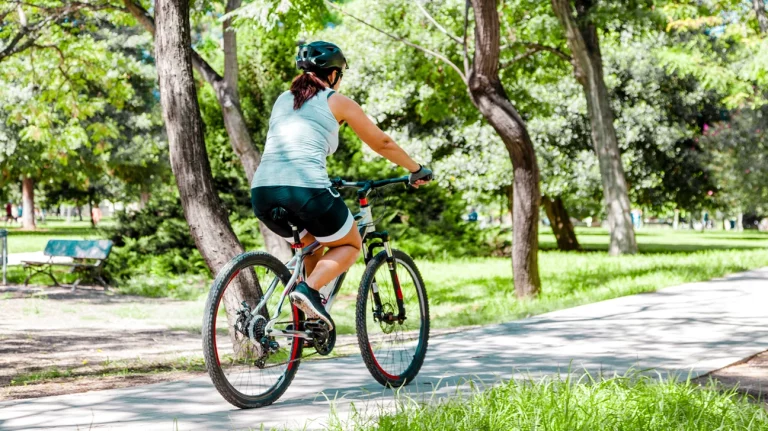Beginner’s Guide to Cycling: Guides for New Riders
Cycling is more than just a mode of transportation or a form of exercise; it’s a way to connect with the outdoors, stay fit, and even find a sense of freedom. If you’re new to cycling or thinking about getting started, this guide is for you. We’ll cover essential tips, gear recommendations, safety guidelines, and more to ensure you have a smooth and enjoyable experience on two wheels.
Getting Started
1. Choose the Right Bike
Selecting the right bike is crucial for your comfort and enjoyment. There are various types to consider:
- Road Bikes: Ideal for paved roads and speed.
- Mountain Bikes: Designed for off-road trails and rugged terrain.
- Hybrid Bikes: A blend of road and mountain bikes, suitable for versatile riding.
- City/Commuter Bikes: Built for urban environments with comfort and practicality in mind.
When choosing a bike, consider your riding preferences, terrain, and budget. Visit a local bike shop for expert advice and a test ride.
2. Get the Right Fit
A properly fitted bike enhances comfort and reduces the risk of injury. Key fit points include saddle height, handlebar position, and frame size. Most bike shops offer fitting services to adjust your bike to your body proportions.
3. Essential Gear
- Helmet: Protect your head in case of falls or accidents. Choose one that fits snugly and meets safety standards.
- Clothing: Wear moisture-wicking clothes for comfort and visibility. Padded cycling shorts can also enhance comfort on longer rides.
- Shoes and Pedals: Opt for shoes that are compatible with your pedal choice (flat or clipless).
- Tools and Accessories: Carry a basic repair kit, pump, water bottle, and bike lights for safety.
Tips for Riding
4. Start Slowly
Begin with short rides to build confidence and stamina. Gradually increase distance and intensity as you become more comfortable on the bike.
5. Practice Basic Skills
Learn how to start, stop, and maneuver your bike effectively. Practice braking, shifting gears, and using hand signals for communication.
6. Safety First
- Obey Traffic Laws: Cyclists must follow the same rules as motorists, including signaling turns and stopping at traffic lights.
- Stay Visible: Wear bright clothing and use bike lights, especially in low-light conditions.
- Be Aware: Watch for road hazards, pedestrians, and other cyclists. Stay alert and anticipate potential risks.
Maintaining Your Bike
7. Regular Maintenance
Keep your bike in top condition for optimal performance and safety:
- Check Tire Pressure: Inflate tires to the recommended PSI before each ride.
- Clean and Lubricate: Clean your bike regularly and lubricate the chain to prevent rust and ensure smooth shifting.
- Inspect Brakes: Test brakes regularly and replace pads if they are worn.
8. Professional Servicing
Schedule periodic tune-ups at a bike shop to address more complex issues such as wheel truing, drivetrain maintenance, and bearing adjustments.
Joining the Cycling Community
9. Group Rides
Consider joining local cycling groups or clubs for camaraderie, motivation, and safety in numbers. Group rides can also help you discover new routes and improve your skills.
10. Explore New Routes
Cycling offers a unique perspective of your surroundings. Explore bike paths, scenic trails, and quiet roads to experience the joy of discovery and adventure.
Conclusion
Whether you’re cycling for fitness, commuting, or recreation, the key is to enjoy the journey. With the right bike, gear, skills, and safety measures in place, you’ll be well-equipped to embark on your cycling adventures with confidence. Remember, every ride is an opportunity to learn and grow as a cyclist. Happy cycling!



